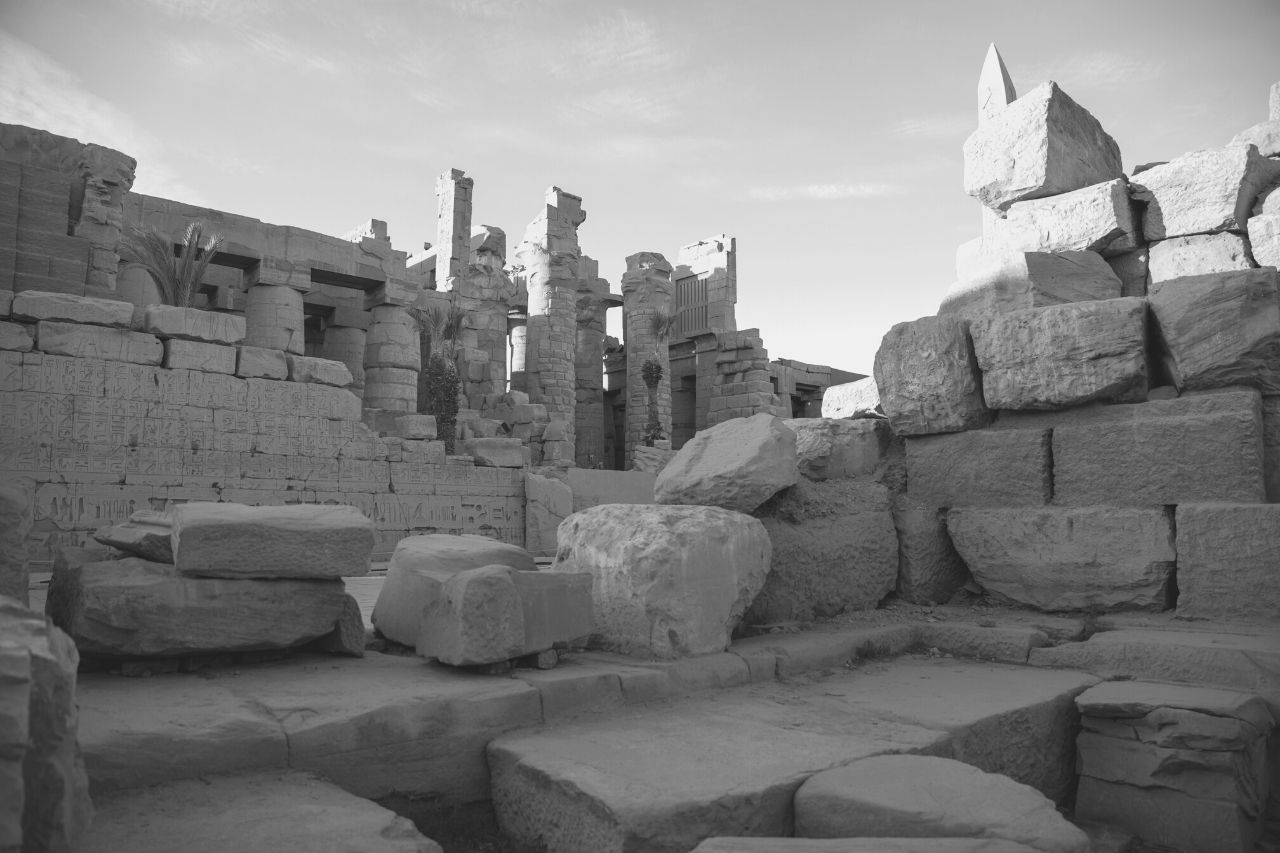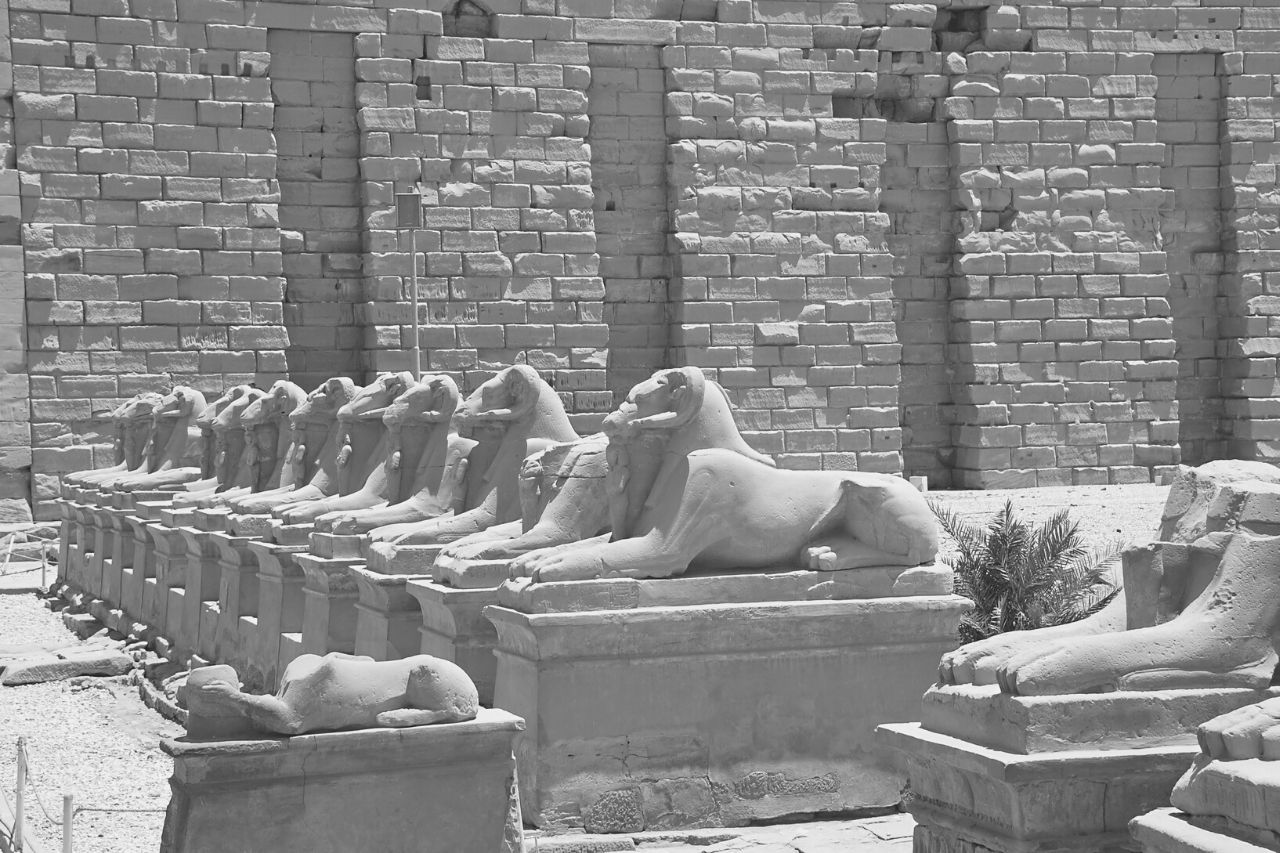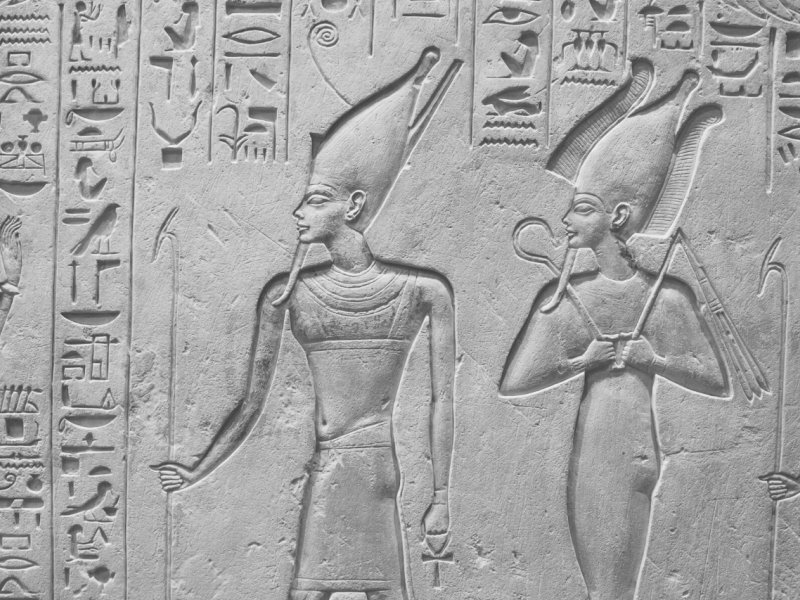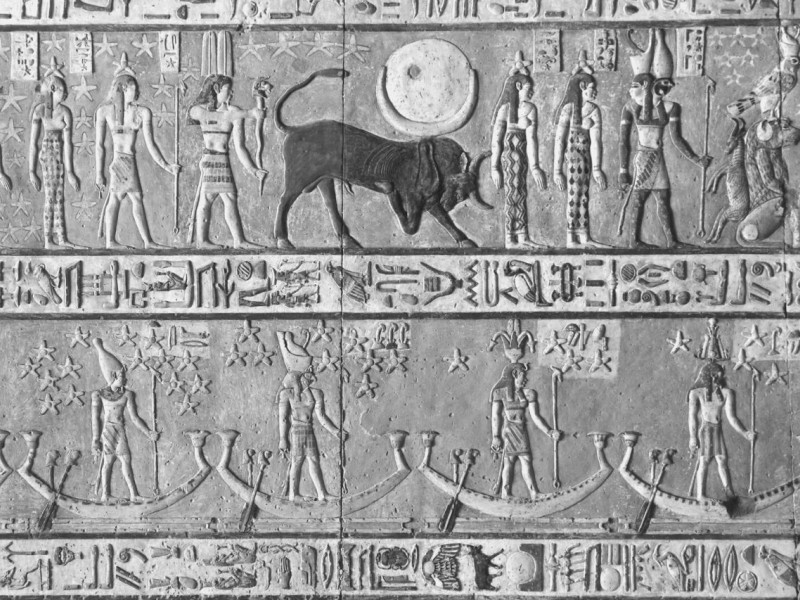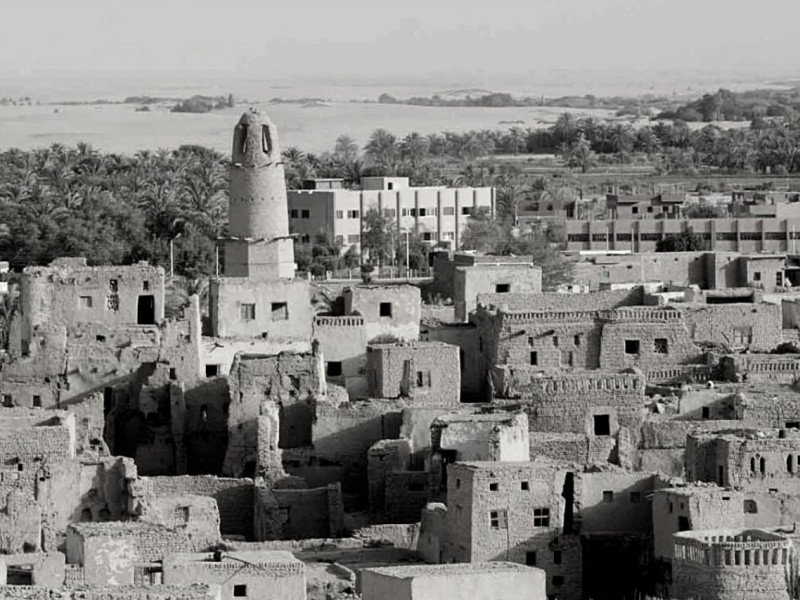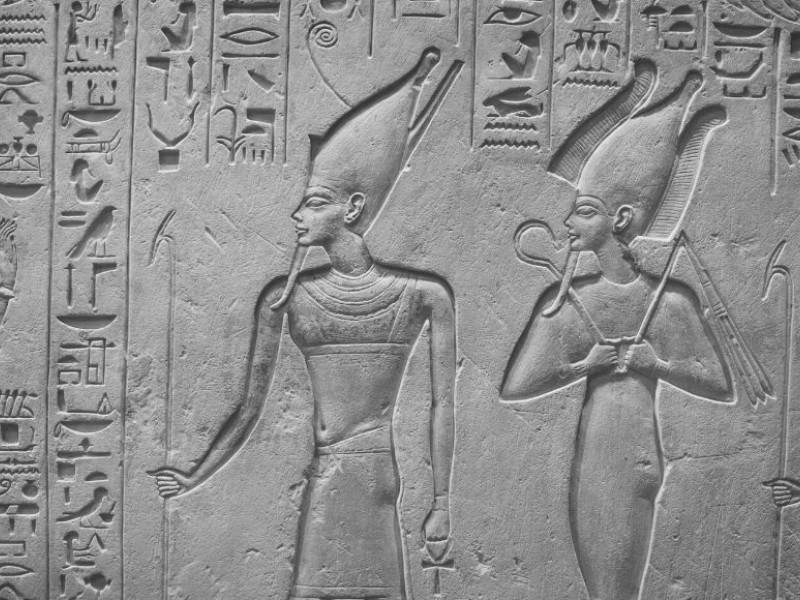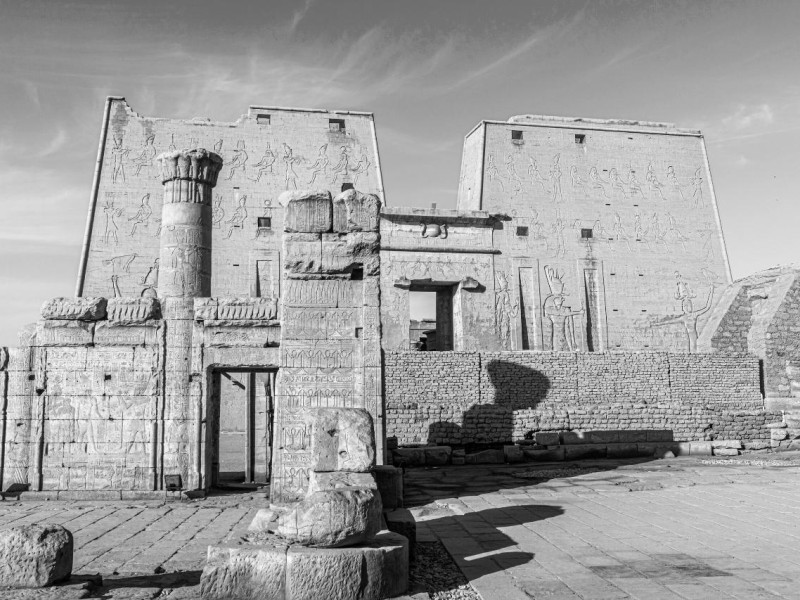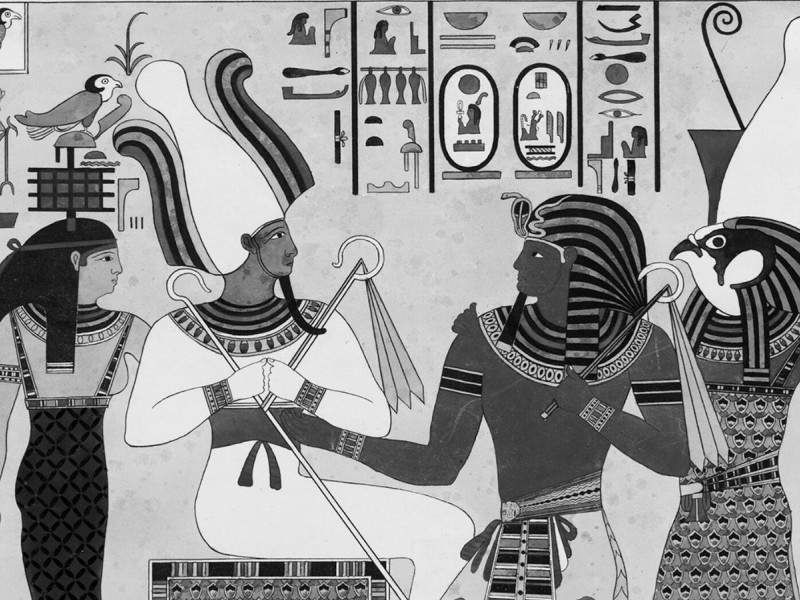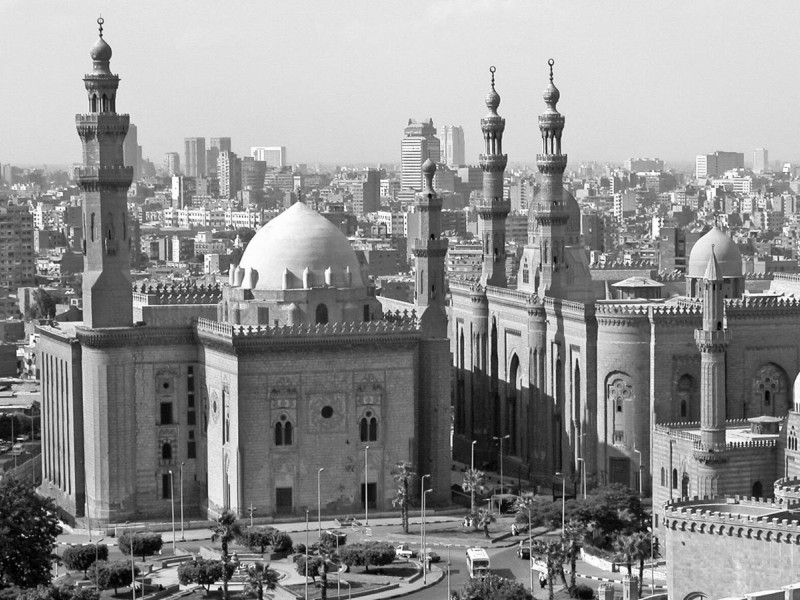Secrets of Ancient Egyptian Temples: How the Egyptian Honored the Gods
During the 3000 years of existence of Pharaonic Egypt, Ancient Egyptian temples functioned as places of worship and centers of wisdom and learning. As such, temples played a crucial role in the socio-economic and religious life of Ancient Egypt.
We often think of Ancient Egyptian temples as having primarily been places of religious worship, but that was only one of the many functions they fulfilled during ancient times.
We will examine how life in Ancient Egypt revolved around the temples and how the priestly caste that governed them was able to challenge the authority of the pharaohs as the result of the ever-growing wealth and influence of the temples and the divinities they were dedicated to.
Religious Worship in Ancient Egypt
Even since the dawn of Pharaonic Egypt, religion had played an all-important role in Ancient Egyptian society. Following the unification of Upper and Lower Egypt (c. 3100 BCE) into a single political entity under the obscure and semi-mythological Pharaoh Narmer (sometimes also known as Menes), a strong central authority arose with its seat in Memphis, which would become Egypt’s first capital.
From Memphis, the pharaohs of the 1st, 2nd, and 3rd dynasties ruled as semi-divine monarchs and representatives of the gods on earth. Pharaoh’s unique role as a son of the divine meant that the whole of Egypt and its people were bound mystically to the person of the ruler, who alone represented his people before the gods and on whom even the annual rising and flooding of the Nile depended.
Towards the end of the Old Kingdom period (c. 2700 – 2180 BCE), pharaonic authority declined and with it, the ability of the central government to control the local rulers called the nomarchs, as well as the increasingly powerful priesthoods. Nevertheless, the singular importance of the pharaoh for the overall happiness and prosperity of Egypt continued to be one of the main characteristics of Egyptian civilization throughout its long history.
The Pharaoh’s Role as the High Priest
The Egyptians considered the pharaoh as the living link between gods and the people. Therefore, the pharaoh was not only the political leader of the country but a spiritual one as well. For this reason, we may view Ancient Egypt as a theocracy, as the ruler had performed the role of a political leader and a high priest of state religion at the same time. To the Egyptians, however, such division between the temporal (worldly) and the spiritual would have been alien.
As ‘High Priest of Every Temple,’ the pharaoh was responsible for building temples and monuments across Egypt to honor the gods and celebrate his own achievements. It was the pharaoh who officiated ceremonies and made sure ma’at, a uniquely Egyptian concept of harmony and balance, was maintained and the gods were worshipped.
Temples of Ancient Egypt: Gods’ Worldly Abodes
Of the numerous deities known to Ancient Egyptians, only a handful were universally worshipped throughout the country. As one deity gained prominence, another declined. No doubt, politics played a very important role in deciding which cult was to take precedence and which deity was to become the most important.
Pharaohs were often associated with the falcon god Horus, the son of Osiris who lorded over the sky and defeated Set, the incarnation of chaos. Another important deity was the goddess Ma’at, which represented truth, justice, and harmony. Among the other prominent deities were the sun-god Ra, Isis, the fierce but respected Anubis, Thoth, Sekhmet, Hathor, and many others.
Religion in the Shadow of the Pyramids: Temples of the Old Kingdom
Egypt’s Old Kingdom period came to be known as the ‘Age of Pyramids’ owing to the fact that it was during this time that the great majority of Egyptian pyramids had been built by the pharaohs of the 3rd, 4th, and 5th dynasties.
As early as the 3rd dynasty, pharaohs built mortuary temples close to their pyramids where they would be worshiped for hundreds of years after their deaths. A mortuary temple typically had a priesthood that attended to the complex itself and took part in ceremonies that revolved around the worship of the ruler and the deity he was associated with.
Among the oldest extant mortuary temples is the temple of the Pharaoh Menkaure, the builder of the third and smallest pyramid at the Giza plateau.
In addition to mortuary temples, several 5th dynasty kings built sun temples, distinct from both the pyramids and mortuary temples. The cult of the sun-god Ra had gained prominence during the 5th dynasty, the period when pharaohs were seen as manifestations and representatives of the sun god.
The Horizon of a Divine Being
Egyptian temples honored specific gods they were dedicated to and to whom the temple belonged. In Ancient Egyptian religion, temples were considered as mirrors of the universe and literal earthly residences of the gods.
Temples were of vital importance for honoring the gods. Egyptian temple interior contained many rooms, the most important of which was the inner sanctum which contained the cult image, a statue of a god the temple was dedicated to.
Only the high priest and the pharaoh were permitted to enter the inner sanctum and perform the complex rituals necessary for securing divine favor. These commonly included the offering of food and other sacred objects as gifts to the god.
Statues of gods were carried in sacred processions during religious festivals, but the common people were not permitted to see them. Egyptologists and scholars tend to agree that the commoners were barred from participating in religious ceremonies or even setting foot in temples.
Temples as Power Seats and the Growing Power of Priests
The crisis of the Old Kingdom was the crisis of pharaonic authority. 4th dynasty pharaohs such as Khufu, Khafre, and Menkaure had been worshipped as living gods. All authority was concentrated in the hands of the monarch, who then transferred some of his power to his viziers and nomarchs so that the country could be governed effectively and the decrees of the ruler enforced in the provinces.
Towards the end of the Old Kingdom, however, the authority of the pharaoh was encroached on by the nomarch and the priests. This precipitated a political crisis that culminated in political fragmentation, now known as the First Intermediate Period when Ancient Egypt was effectively divided in two.
Despite political chaos, it was not, as it was sometimes believed, a dark age. Egypt reunited once again under the rule of the pharaoh, which marked the beginning of the Middle Kingdom period, during which Egypt’s art and culture flourished.
Temples Were the Centers of Learning
Ever since ancient times, priests have performed a variety of roles in Egyptian society. In addition to their role as interpreters of divine will and guardians of temples, priests acted as scholars, teachers, astronomers, mathematicians, doctors, and architects.
Temples served as centers of learning and priests aided the pharaoh in the complex task of governing the country. Temples were exempted from paying tax and were allowed to amass significant wealth. Egyptologists believe that a sizable portion of Egypt was directly controlled and administered by the temples.
The Rise of the Powerful Priesthood of Amun
With the relocation of the capital from Memphis to Thebes during the Middle Kingdom, the Theban deity Amun and its priesthood gained increasing prominence. Amun was fused with the old sun-god Ra to become a de facto state god under the rule of the 18th dynasty of the New Kingdom.
Priests of Amun owned vast tracts of land not only in Upper Egypt but other parts of the country as well. As their wealth increased, so did their political power. Several pharaohs of the 18th dynasty attempted to reverse this process by favoring other cults.
Most notably, the Pharaoh Akhenaten started one of the world’s first religious revolutions by renouncing the worship of Amun and other gods in favor of the sun-god Aten. Akhenaten’s bold project proved to be short-lived, and by the end of the 20th dynasty, the power of the priests of Amun eclipsed that of the pharaoh himself.
Karnak: Egypt’s Most Iconic Temple
Even people who have a basic acquaintance with the history of Ancient Egypt have heard of the iconic Karnak temple complex located near the modern town of Luxor in Upper Egypt.
Sometimes alternatively referred to as the Temple of Luxor, it stands as one of the most impressive examples of colossal architecture of Ancient Egypt. As one of the most famous Egyptian temples, Karnak attracts millions of tourists from all corners of the world, who come to admire the magnificent temple ruins.
Karnak reached the peak of its glory under the 18th dynasty when it functioned as the religious center of Egypt. Thebes was the capital of Egypt and also the city of Amun. The largest of the precincts of the temple complex was dedicated to Amun and controlled by his priests.
Among the pharaohs who greatly enlarged the temple were Thutmose III, Amenhotep III, and Ramses II. Many subsequent pharaohs continued to build at Karnak despite the fact that the importance of Thebes declined after the end of the 20th dynasty and the weakening of Egypt during the Late Period.
Even though Thebes had stopped being the capital of Egypt and the political center was moved to the Nile Delta, the temple complex at Karnak remained an important religious center. The Ptolemies continued to make additions and embellished the Great Temple of Amun over a thousand years after the height of Egypt’s glory under the New Kingdom. Karnak is probably the most well-known ancient temple today.
Egyptian Temples: The Last Remnants of a Great Civilization
Temples in Egypt were more than places of religious worship. They bear witness to the creative genius of the Ancient Egyptians and the way they saw themselves and their place in the world. More so than any other ancient civilization, the Ancient Egyptians valued balance and harmony, the two core values on the foundations of which their society had been built.
A temple in Egypt fulfilled several functions. In addition to being the earthly abode of a god it was dedicated to, a temple was a center of economic activity and learning. It connected Egypt’s ruling classes with the masses of common people whose devotion to the gods had been vital for maintaining social cohesion and political unity of all Egyptians, regardless of their social rank.
The temples preserved for us the art of Ancient Egypt, which would have been lost for posterity had it not been for many generations of priests and scribes who preserved Ancient Egypt’s knowledge and traditions inside their sacred walls.
The Most Impressive Temples of Ancient Egypt
Very few Ancient Egyptian temples have survived the onslaught of centuries. In addition to the Karnak temple complex, some of the most iconic Ancient Egyptian temples preserved today include the island temple at Philae, the Temple of Edfu, the mortuary temple of Seti I in Abydos, the Temple of Hatshepsut, Abu Simbel, and the Ramesseum.
Conclusion
Having examined the importance and role of temples in Ancient Egypt, we arrive at the following conclusions:
A temple in Ancient Egypt served as a sanctuary of the god it was dedicated to
Egyptian temples for gods served other purposes as well, most notably as the centers of learning
The powerful priestly caste was in charge of the temples
Pharaohs built temples to honor the gods and show their power and wealth
The Karnak Temple Complex was the largest and most important Egyptian temple complex
Temples in Ancient Egypt decisively shaped Egypt’s history, society, art, and architecture. As centers of religious worship and learning, temples held great significance in the religious, social, economic, and political life of Pharaonic Egypt. Without the temples, our knowledge of Ancient Egypt would be much poorer, and much of Ancient Egypt’s glorious history lost in the mists of time.
